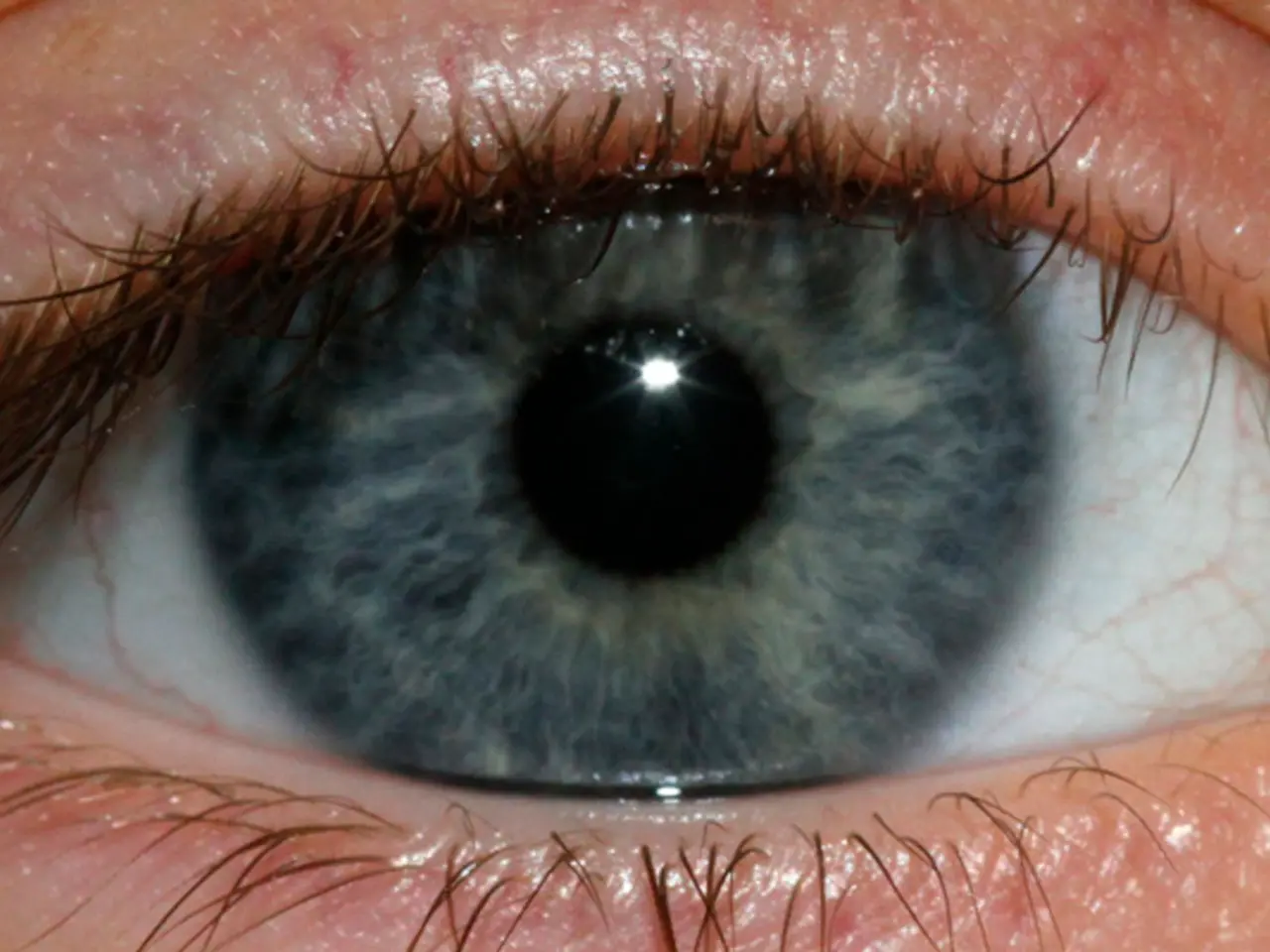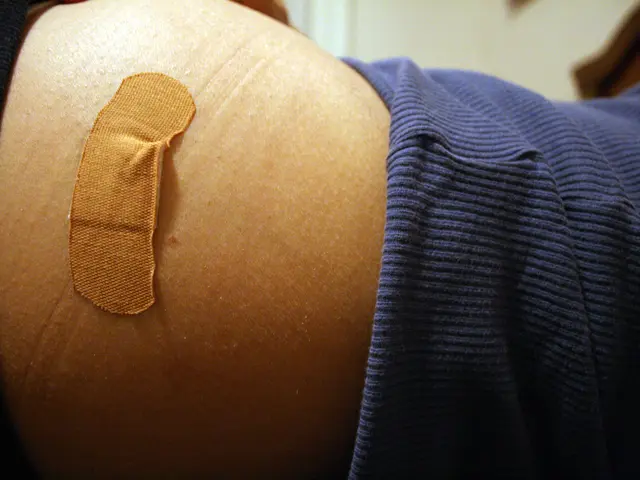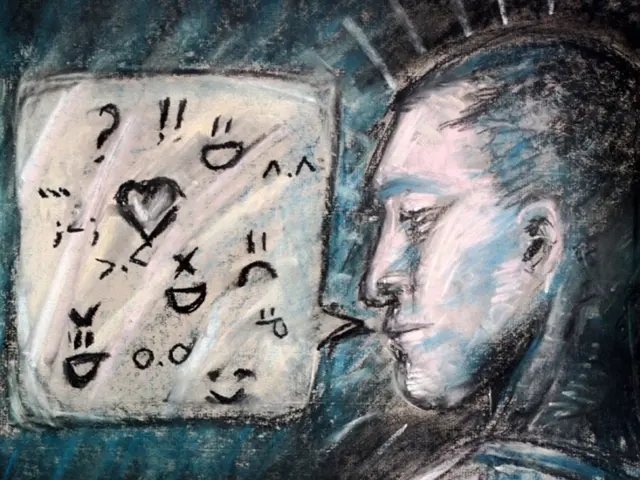Optic Tract Damage Causes Homonymous Hemianopsia: Causes, Effects & Treatments
Damage to the optic tract, a crucial pathway in the brain for visual information, can result in homonymous hemianopsia, a condition causing partial sight loss in either the right or left visual field. This article explores the causes, effects, and potential treatments for this condition.
The optic tract consists of two separate tracts, the left and right, which begin at the point where information from both eyes crosses to create a complete visual picture. Damage to either tract can lead to homonymous hemianopsia, with possible causes including stroke, congenital defects, tumors, infection, and surgery.
This condition can be managed using peripheral prism expanders, special structures added to glasses that help expand the wearer's field of vision. Vision restitution therapy, a class of eye exercises designed to reactivate damaged nerve cells, may also prove beneficial. However, if full sight isn't restored within 6 to 12 months, the condition is likely to be permanent.
Homonymous hemianopsia, a result of optic tract damage, can significantly impact one's vision. While peripheral prism expanders and vision restitution therapy can help manage the condition, prompt treatment and understanding of its causes are crucial for the best possible outcome.
Read also:
- FDA's Generic Mifepristone Approval Sparks Pro-Life Concerns Over Safety and States' Rights
- Understanding Child Development: Causes and Signs of Delays
- Pope Francis' New Book 'Let Us Dream' Offers Unity and Hope for Post-Covid World
- Stephanie Estremera Gonzalez: From Medical Assistant to Residential Manager at The Point/Arc








